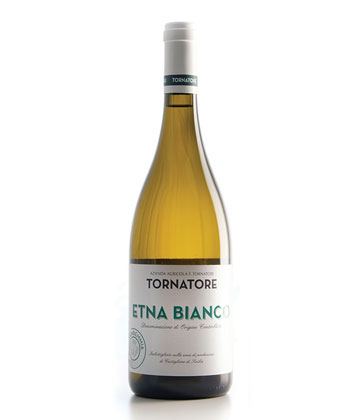The grapes grown in Sicily’s volcanic soils deliver some of the most interesting and expressive wines in the world but are still under the radar of many wine lovers. They offer us the chance to discover indigenous, ancient varieties that are found almost nowhere else.
Two of them fall under the Etna denomination, named for the very active Mount Etna volcano in eastern Sicily: The red Etna Rosso showcases the Nerello Mascalese grape with its powerful structure and notes of cherry and earth, while the white Etna Bianco is based on Carricante with its lively citrus and herbal character.
A top example of the latter is the 2019 Etna Bianco from Tornatore, a family-owned winery whose origins go back to 1865. Tornatore is situated on the northern side of Mount Etna, where fluctuations between day and night temperatures combine with the volcanic soils to produce wines of depth and structure. The vineyards lie at an elevation of about 2,000 feet.
Don’t miss a drop!
Get the latest in beer, wine, and cocktail culture sent straight to your inbox.

Tornatore’s Etna Bianco shows aromas and tastes of green apple, pear, and citrus with touches of saline, wet stone, menthol, and smoke. A creamy note on the finish suggests lees aging, which gives wines a slightly richer character. Alcohol is a modest 12.5 percent ABV.
This is a wine that’s made for seafood — sautéed or broiled sole and flounder filets, linguine and white clam sauce, shrimp tempura, and sushi, to name just some of the possibilities.
Although wine grapes have long been grown around Mount Etna, the area has attracted a legion of new winemakers in recent years, and Tornatore’s Etna Bianco provides solid evidence of why there has been growing interest.
Fortunately for them — and us — the lava flows from Mount Etna have not threatened the vineyards. At least not yet.


